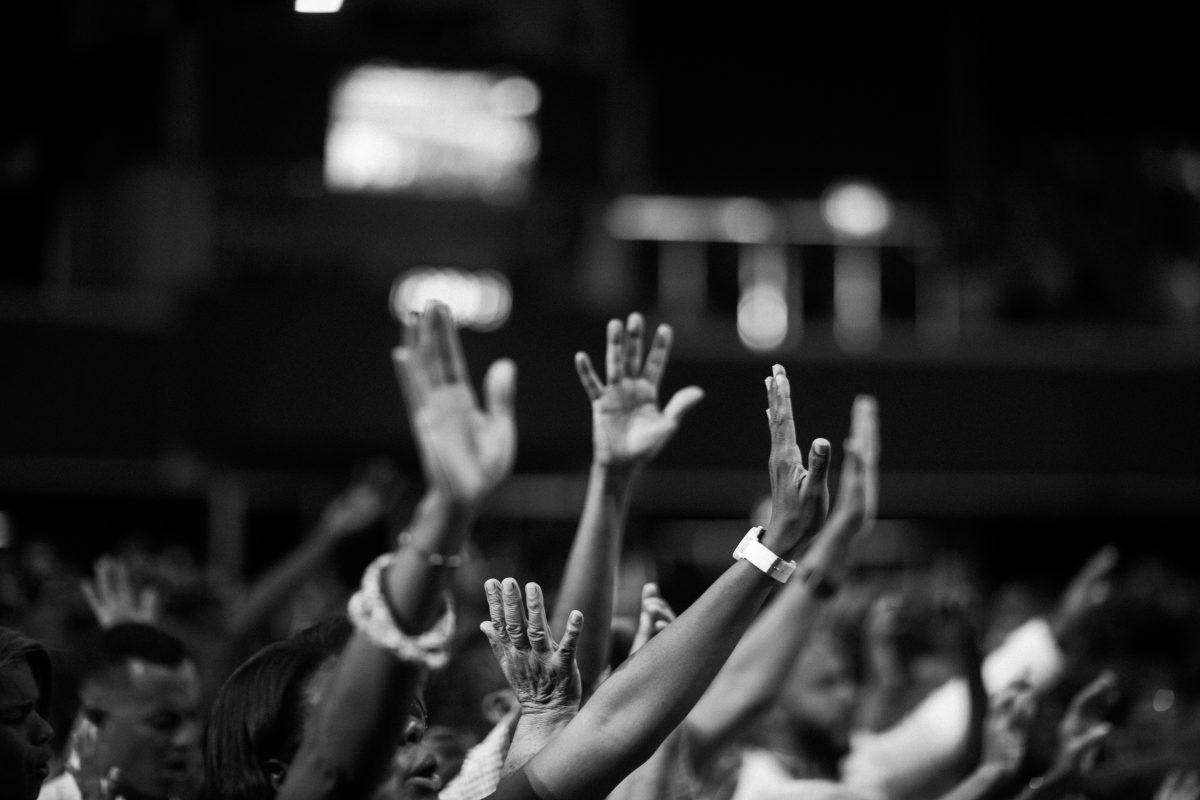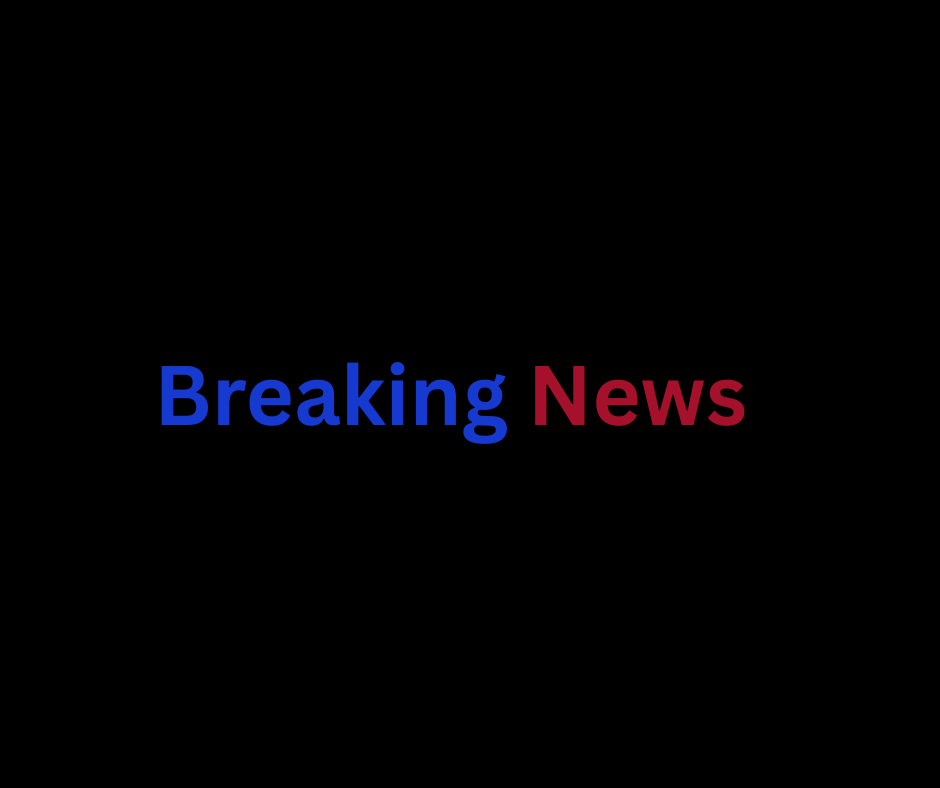Je suis Charlie ou je ne suis pas? Should journalists print material that they know to be offensive for the sake of free speech or should appropriateness and propriety be maintained even in the face of violence.
Following the shootings in France that left 17 dead between Jan.7 and Jan. 9, journalists were left with the fundamental question: to print or not to print the latest Charlie Hebdo magazine cover with the headline “Tout Est Pardonné,” (All is Forgiven), and a picture of the Prophet Muhammad, crying and holding a sign that reads “Je suis Charlie,” (I am Charlie).
“The Koran itself doesn’t say anything,” Azzam Tamimi, former head of the Institute of Islamic Political Thought told the BBC, “but it is accepted by all Islamic authorities that the Prophet Muhammad and all the other prophets cannot be drawn and cannot be produced in pictures because they are, according to Islamic faith, infallible individuals, role models and therefore should not be presented in any manner that might cause disrespect for them.”
Charlie Hebdo is a satirical magazine that is known in France for having published offensive cartoons of the Prophet Muhammad and other Islamic figures in the past, including several depictions of the Prophet in pornographic situations.
However, the magazine did not limit its satire to Islam.
“Police would be shown holding the dripping heads of immigrants; there would be masturbating nuns; popes wearing condoms — anything to make a point,” reported the BBC.
While nobody in the western press seems to be denying the right to publish offensive material, news organizations are forced to decide if they are willing to compromise their desired aesthetic and standards of propriety to defend the very core of their business: freedom of the press.
Following the Charlie Hebdo massacre and in response to this issue, NPR’s Mark Memmott wrote: “At this time, NPR is not posting images of Charlie Hebdo’s most controversial cartoons – just as it did not post such images during earlier controversies involving the magazine and a Danish cartoonist’s caricatures of the prophet. The New York Times has taken the same position. The Washington Post’s editorial board has put one of Charlie Hebdo’s Prophet Muhammad covers on the print version of its op-ed pages, but not online. News editors at NPR and other organizations continually review their judgments on these types of issues when the materials are potentially offensive because of their religious, racial or sexual content. That review process will continue.”
The ABC and CBS news organizations also decided not to run the cover for similar reasons.
Organizations such as BuzzFeed, Wall Street Journal, The Daily Beast, USA Today, Huffington Post and Los Angeles Times have all published the cover.
However, Beyond the issue of decorum is the issue of safety. Before the Jan. 2015 shooting at Charlie Hebdo, the magazine was firebombed for its offensive content.
“In 2011, the magazine’s offices were firebombed after it published an issue that invited the Prophet Muhammad to be guest editor; the issue included an article about what a soft version of Sharia might look like,” reported NPR’s Krishnadev Calamur. “The magazine was renamed Charia Hebdo for the issue, and its cover included an image of the prophet with the line, ‘A thousand lashes if you don’t die laughing.'”
Around the world, Muslims have been protesting the depiction of the Prophet Muhammad by western media. As of Jan. 21, CNN reported that 10 people were killed and 173 injured in Niger during protests that involved burning 45 churches.
The AFP, a French news organization, reported that “Some 200 radical Islamists tried to storm the French cultural centre in Gaza City on Monday, shouting slogans threatening the lives of staff over Charlie Hebdo cartoons,” including “Leave Gaza, you French, or we will slaughter you by cutting your throats.”
“Journalistically, every bone says we want to use and should use the images,” said CNN Worldwide President Jeff Zucker. “As managers, protecting and taking care of the safety of our employees around the world is more important right now.”
However, as The Source Weekly’s Phil Busse explains, journalists can face threats of violence anywhere and for any number of unforeseeable reasons.
“At some point in their career, most journalists feel some sort of pushback against at least one of the articles they publish—whether it is a terse letter chiding them for being stupid, or something more venal,” said Busse. “It is part of the dialogue, and, yes, an understanding that free speech has consequences. But bullying and physical violence should not be part of that conversation. Over my 15 years as a writer and journalist, I have received several physical and death threats – one from a rather neutral music review I wrote, but so offended the musician that he sent threatening notes to me (well, actually threatening my dog’s life more than anything); in response, I removed my home address from the phone book and changed my route to work. Another article (ironically about free speech) so enraged some readers that the local sheriff took it upon himself to contact me, and politely escorted me to a safe house for three days until the threats were fully vetted. I would have never expected either of those articles to have had that effect – and, in hindsight, I’m not sure whether I would have refrained from publishing either.”
“As far as a policy for the Source, we try to stay within guidelines of good taste and consideration,” continued Busse. “That said, it is not always possible to know when you will hit someone’s trip-wire.”
Kelli Pangle | The Broadside
(Contact: [email protected])














